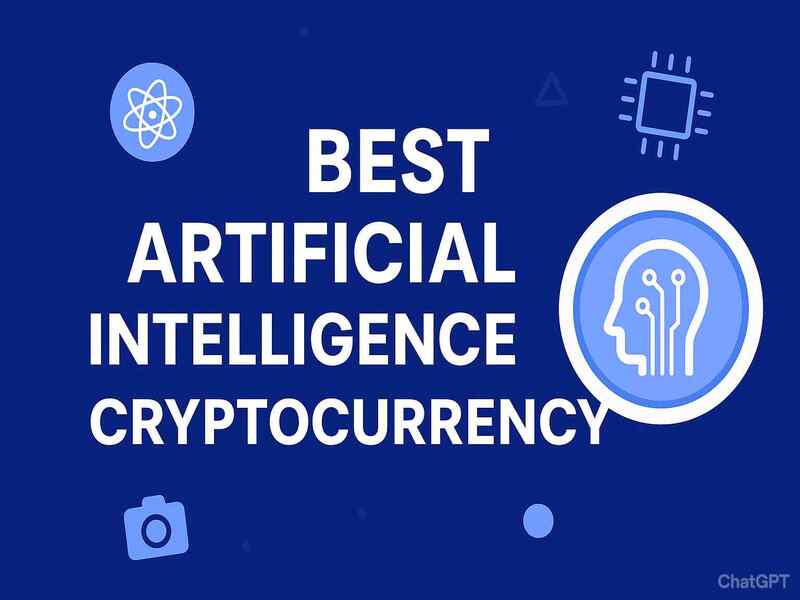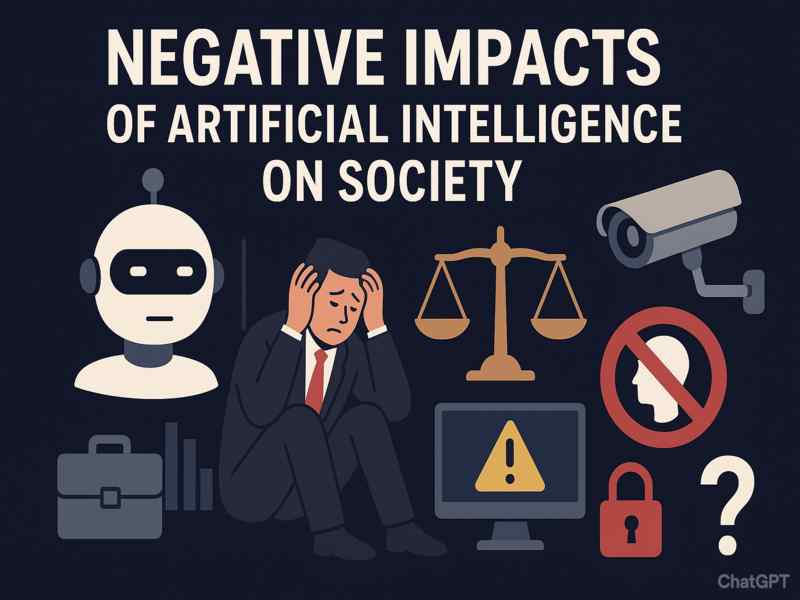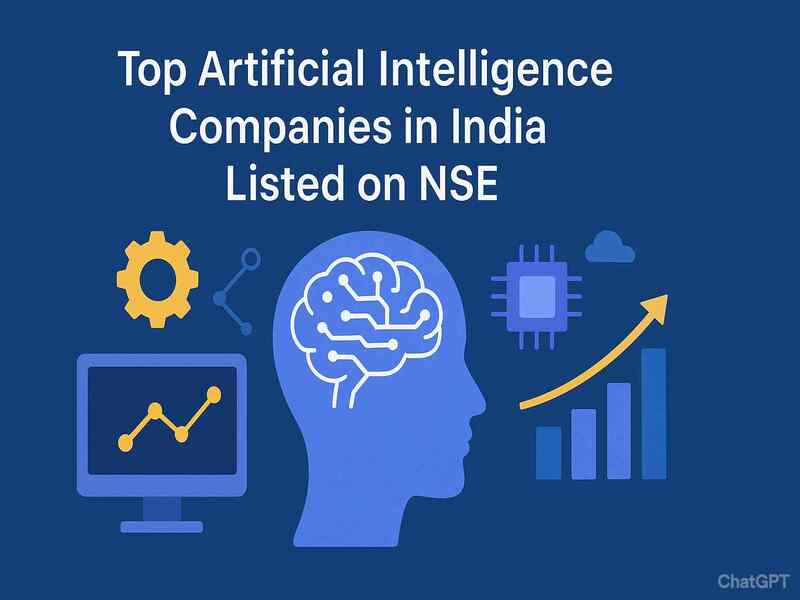Best Artificial Intelligence Cryptocurrency
As artificial intelligence (AI) and blockchain converge, a new breed of digital assets has emerged: AI cryptocurrencies. These are tokens and networks designed specifically to power, govern, or benefit from AI ecosystems. But which is the best artificial intelligence cryptocurrency for 2025 and beyond? In this article, we’ll explore the fundamentals of AI crypto, evaluate top contenders, compare them in a table, discuss risks and adoption trends, and help you form a grounded view of where this sector may head.
What Is an AI Cryptocurrency?
An AI cryptocurrency is a blockchain-based token or coin that either:
-
Facilitates AI-related infrastructure (e.g. decentralized AI model training, data marketplaces, compute networks)
-
Grants governance rights or rewards to participants in AI networks
-
Powers AI agents, prediction engines, or smart contract logic
Unlike generic utility tokens, artificial intelligence tokens aim to integrate machine learning, autonomous agents, or neural inference directly into the blockchain ecosystem. As AI workloads demand compute, data, and incentive alignment, these projects often combine tokenomics with AI infrastructure.
For example, some systems propose mining mechanisms where nodes validate blocks by training models or running inference tasks instead of pure hashing—concepts like Proof of Useful Intelligence (PoUI) have been theorized. arXiv
However, the field is nascent, so many AI cryptos blend experimental elements with conventional blockchain features.
Key Criteria to Judge the Best AI Cryptocurrencies
When deciding which AI token might be “best,” consider:
-
Use case & adoption: Does the project have real traction (developers, partners, users)?
-
Technology & architecture: How well is AI integrated (on-chain AI, off-chain ML, agent frameworks)?
-
Tokenomics & governance: Are incentives aligned for long-term growth?
-
Ecosystem & community: Developer support, partnerships, open-source activity
-
Scalability & security: Can the network endure AI workloads and remain secure
By evaluating those, you can separate hype from sustainable opportunities.
Top Contenders for Best Artificial Intelligence Cryptocurrency
Below are some of the leading AI crypto projects frequently listed in recent analyses: Bittensor (TAO), NEAR Protocol (NEAR), Render Network (RNDR), Internet Computer (ICP), Fetch.ai (FET), SingularityNET (AGIX), Ocean Protocol (OCEAN), The Graph (GRT). ZebPay+4CryptoNinjas+4Tangem — 安全なハードウェア & 暗号資産ウォレット+4
| Token / Project | Role in AI Ecosystem | Strengths | Risks / Challenges |
|---|---|---|---|
| Bittensor (TAO) | Decentralized AI training marketplace | Incentivizes model training, community-driven, strong alignment between AI and token | Early-stage tech, network effects needed |
| NEAR Protocol (NEAR) | Layer-1 chain enabling AI apps | Scalability, developer tools, growing adoption | Not purely AI-native; competition from many L1s |
| Render Network (RNDR) | Distributed GPU rendering + AI compute | Bridges creative + AI workloads, demand for GPU compute is high | GPU costs, supply-demand balancing |
| Internet Computer (ICP) | On-chain smart contracts & compute | Ambitious vision to host AI logic fully on-chain | Very complex, execution overheads |
| Fetch.ai (FET) | Autonomous agents + AI marketplace | Agent economy, data-driven models | Fragmented competition, clarity of adoption needed |
| SingularityNET (AGIX) | AI services marketplace | AI developers can publish services, composability | Business traction and sustainability unknown |
| Ocean Protocol (OCEAN) | Data marketplaces for AI | Strong data-driven model, enabling AI training with privacy | Data quality, governance, user adoption |
| The Graph (GRT) | Blockchain indexing + AI features | Critical infrastructure for querying, AI-enriched indexing | Mostly supporting role rather than core AI logic |
Among these, many analysts currently point to Bittensor (TAO), NEAR, and RNDR as especially strong candidates. Tangem — 安全なハードウェア & 暗号資産ウォレット+2ZebPay+2
Why Bittensor & NEAR Often Lead the Rankings
Bittensor (TAO)
Bittensor is often branded as a decentralized AI network where nodes train models collaboratively, and participants are rewarded with TAO tokens. Its architecture is built around aligning incentives for useful model contributions. Because it attempts to fuse AI compute with token rewards natively, many regard TAO as a top contender for best AI cryptocurrency.
NEAR Protocol (NEAR)
While not solely an AI token, NEAR’s scalability, developer support, and modular architecture make it a compelling platform for deploying AI-powered applications. Many AI-centric projects are launching on NEAR due to its ease of integration and low transaction costs. Thus, NEAR is frequently included among top AI crypto lists. CoinDCX+2Forbes+2
Because no single token currently combines perfect infrastructure, adoption, and stability, many investors diversify among a few AI coins rather than betting on one.
Real-World Use Cases & Integrations
AI cryptos are not just theoretical — here are some emerging use cases:
-
Decentralized model marketplaces: Users and developers trade, train, or rent models via token-based systems.
-
GPU compute pooling: Networks like RNDR let creatives and AI developers access distributed GPU resources.
-
AI agents & automation: Fetch.ai-style agents can act autonomously on finance, logistics, or IoT tasks.
-
Data monetization: Data providers sell anonymized datasets for model training, using tokens.
-
On-chain inference & logic: Some projects aim to embed inference directly into blockchain operations.
These real use cases are what differentiate promising AI cryptos from speculative tokens.
Risks, Challenges & Things to Watch
-
Volatility & speculation
AI crypto is high-risk. Many tokens see large price swings driven by hype rather than fundamentals. -
Technical complexity
Integrating AI and blockchain is demanding. Performance bottlenecks, latency, and security can undermine projects. -
Data quality & bias
AI models require good data. Bad or biased datasets diminish utility. -
Regulatory uncertainty
Crypto regulation is evolving globally. AI-centric tokens may face extra scrutiny. -
Centralization risk
If only few nodes handle AI tasks, power may concentrate. -
Energy & compute costs
Running AI will demand hardware and electricity; balancing cost vs reward is tricky.
Despite these risks, the potential upside is large for projects that deliver reliable value.
Strategies for Choosing or Investing
-
Spread risk across multiple AI tokens (e.g. Bittensor + NEAR + RNDR).
-
Research roadmap and developer activity (GitHub, whitepapers).
-
Watch partnerships and adoption (AI labs, enterprises).
-
Track metrics: active nodes, transactions, compute volume.
-
Avoid chasing only the highest returns—look for sustainable models.
Sample Portfolio Mix (Hypothetical)
Here’s a sample allocation (for illustration only, not advice):
| Token | Allocation % |
|---|---|
| Bittensor (TAO) | 30 % |
| NEAR | 25 % |
| RNDR | 15 % |
| Fetch.ai (FET) | 10 % |
| Ocean Protocol | 10 % |
| AGIX / GRT / others | 10 % |
This gives exposure to native AI infrastructure (TAO), platform strength (NEAR), GPU power (RNDR) and data/agent plays.
The Road Ahead: Trends to Monitor
-
Hybrid consensus: Models like Proof of Useful Intelligence could gain traction. arXiv
-
AI + DeFi: Automated trading agents, AI-based price prediction oracles.
-
On-chain inference acceleration: Projects optimizing execution of AI logic inside blockchain nodes.
-
Agent ecosystems: Autonomous bots interacting, transacting, and cooperating.
-
Interoperability: AI systems that span chains, data sources, and compute networks.
Nofollow Link (for context)
If you want to explore a broader list of AI crypto projects, check out this AI crypto directory (nofollow) which catalogs many emerging tokens and their use cases.
Closing Note
Rather than declaring a single “best artificial intelligence cryptocurrency,” it’s more realistic to view the space as a dynamic ecosystem. Bittensor (TAO) often leads in pure AI-native ambition, while NEAR and RNDR bring robust platforms and real demand. Balancing between experimental AI infrastructure and supportive platforms may yield a resilient approach. As the sector evolves, the standout token may shift—but your understanding of fundamentals, use cases, and adoption will be what matters most.




